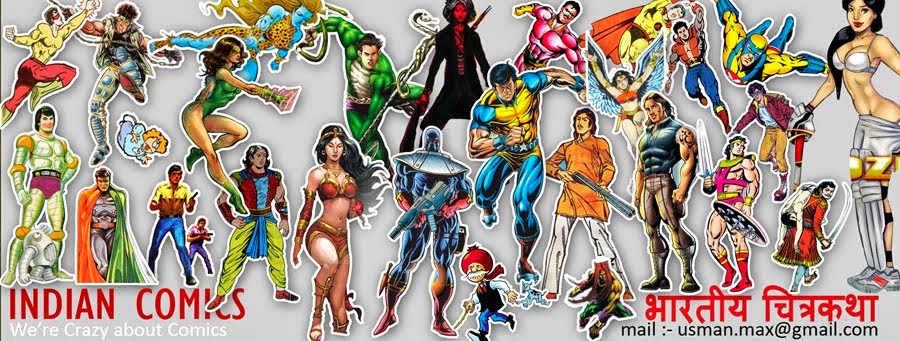A Cop and his comics
Gokul Gopalakrishnan makes symbiotic bedfellows of policing and cartooning.
Far from a cop’s black and white world of right and wrong, of law and order, Motor Vehicles Inspector Gokul Gopalakrishnan’s world is one where people inhabit grey areas and speak their mind. He is the creator of comic strip, Small Talk, which appears in a national daily, and of As City Is, which had a one year run in a Mumbai based daily, and is contributor to the single page stories, The Small Picture for a financial paper. He is also a contributor to Mixtape an anthology of comic shorts, whose second volume was launched in the city this weekend.
Though political cartooning and comic books have a substantial history of evolution in India, alterative comics began a decade ago with the graphic novel being its most elaborate form. Indie Comics, a part of this progression, is an emerging genre and Gokul is a versatile player of these mediums.
Though policing and caricaturing may seem to be strange bedfellows, for Gokul they are symbiotic, thriving because of each other. His talent as a raconteur is compounded by his humour in uniform. It makes him a character as interesting as the ones he creates. “Humour is the most shared thing. I don’t spare myself either,” he says making little about throwing satire back on himself.
Many themes
But Gokul’s works are not all in lighter vein. He deals with politics, social scenarios, culture and emotions with maturity and depth. A fine example of his succinct expression is in The Sea Within, inMixtape 2, where he catches the delicate nuances of the loneliness and happiness of a homemaker. “My profession brings me in contact with all kinds of people. Real life is magical. It is fantastic, more than fantasy,” he says about his inspiration from real life stories.
Hailing from Thrissur, Gokul graduated in Sociology and did his Masters in English Literature. While pursuing his MPhil at CIEFL Hyderabad he researched on the evolution of the narrative in a graphic novel. Meanwhile he secured a job with the Motor Vehicles Department and settled in. In 2009 he began with a cartoon strip for a newspaper and got in touch with Comix India, an alternative comic movement. His panel ‘Small Talk’ dealt with anthropomorphic characters where a python and a vulture spoke like human beings. “I observe keenly. Recently I felt strongly about our society’s fascist leanings. The characters comment on the creator too,” says Gokul who enjoys the non-linear form of narrative where the panels allow for a to and fro movement. Gokul explains this freedom. “Unlike a sequence in a film, the comic strip allows flexibility. A text and an image need not go hand in hand. Take these disparate narrative modes and play with it.”
The sound of open space
He enjoys the fact that the comic form empowers the reader to derive meaning from the open ended and tentative spaces, which he intentionally draws. “The image need not always complement the text. Besides, this visual-textual storytelling form induces an auditory sense. You almost hear.”
Gokul began developing comic strips in Malayalam but met with disappointment as his works were not published. “A comic strip needs continuity in publication otherwise it does not make sense,” he says stating that G. Aravindan’s Cheriya Manushyarum, Valiya Lokavum , which covers a span of 12 years (1961-73), a precursor to the graphic novel, was a huge influence along with cartoonist Seth from Canada.
With Comic Cons being held regularly which draw the young and urbane populace, Gokul says, “The comic scene in India is better that it used to be. Readership is slowly building. In India, we started of well with graphic novels being published by mainstream publishers and gaining critical attention but, since then we see a consolidation of the superhero/mythology variety, actually overriding whatever limited success Indian graphic novels have achieved in the last decade. The Comic Cons see a lot of business but it is an over-sale of merchandise and is not really translating into good comics being promoted.”
Gokul has written 12 stories and is on to illustrating them. His work process, like his comic strips, is non-linear. Thrissur inspires him. An eight-page story on his ancestral home and one on The Pen Hospital in Thrissur are in completion stage. The latter is set to be published next month in Pulp Quarterly by a Mumbai-based publisher. His hometown also reminds him of the colour green which he says will enter his work, hitherto in black and white, at some point. Till then he continues to police society with a keen eye of an officer and an artiste commenting strongly, delicately, wittily but always sensitively.
Source:-http://www.thehindu.com




No comments:
Post a Comment